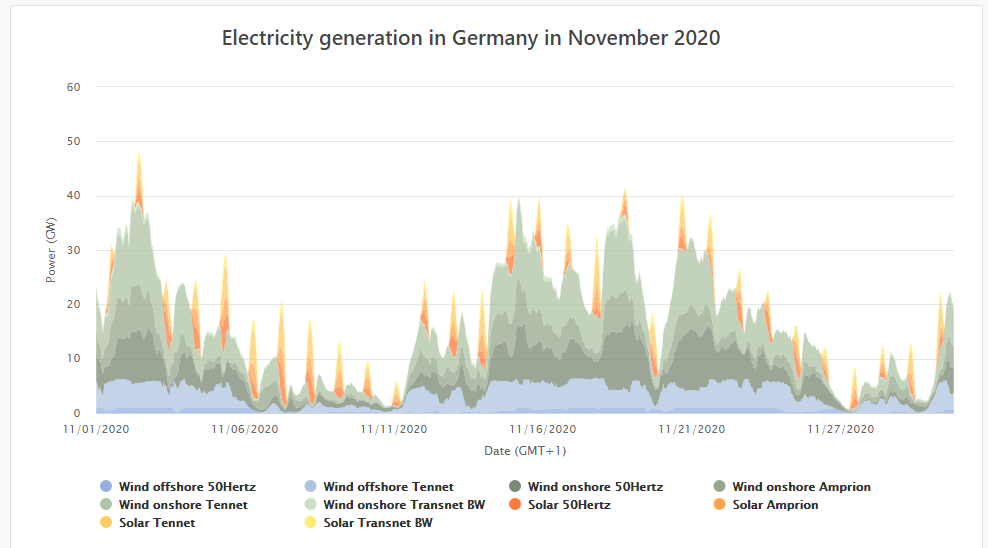I'm actually not a strong advocate for these alternative energy systems. I'm just observing that there are lots of alternatives here in Hawaii that are no being pursued. I think they would be if they could be profitable.
Hawaii is one of the best places for solar. The sky is not often as cloudy as it is in other places. The weather is also mild, so that you don't have extreme variations in energy usage like other places that have to run the AC 24/7 in the summer, nor like places that have to burn natural gas for heating in the winter.
According to data from NREL.org, a solar panel of 330W rating that I can buy for $150 here in the mainland will produce 548 kWh/year at the Honolulu location, worth $191 at the local electric rate. A panel generates its cost in electricity in less than 1 year!
Of course, the problem with any RE source is the variability, and there's a need for energy storage. But given that electricity costs $0.35/kWh in Hawaii, it should be the first place where lithium storage makes economic sense, before anywhere else. Then, why has it not happened?
Having a DIY off-grid system to play with, I have learned a lot more about power production variation than people who only read or fantasize about these systems. At this time of year, when I need neither cooling nor heating, my system produces more than enough for my usage. My 32-kWh lithium battery holds more than enough to last through the night. Having a good start in the morning, it is usually full at about 1PM, and all my solar charge controllers go to sleep. I have a lot of potential power that I cannot harvest, because there's no place for it to go.
And then, two days ago, I saw that the battery did not get full even at 4PM when the sun angle already got low and it was past prime production time. What happened? I had two consecutive slightly cloudy days in a row. That was enough to make a difference. It was a high cloudiness that I would not notice, if it weren't for the state of the battery that caught my attention.
Managing RE is not an easy job. Imagine if you have to depend totally on rainwater catchment for your domestic water use. How large a reservoir do you need for your household, so that you will have water year round? And I am talking about places where it rains, say, in Seattle or Oregon.
We have reservoirs and lakes for water storage. We don't have anything like these for electricity. The commercial battery installations that companies are building now are really puny, in the big scheme of things. Drops in the buckets. It's the same as you trying to store rainwater in a couple of 55-gal drums. It's better than nothing, but if that's all you have, you will need a lifestyle change.

